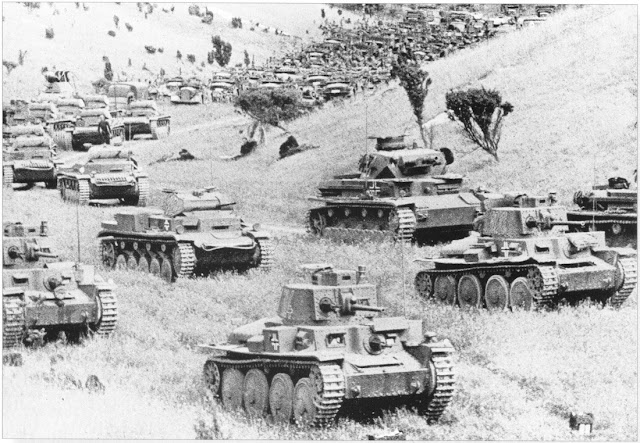The story of the Yugoslav giant who worked for Boeing and Airbus: Today Yugoslav aircraft manufacturer Soko is only abstract noun

The headquarters of SOKO, which still exists, the surface is 450.000m², and the main plant, there are plants in Citluk, Grude, Ljubuski and Nevesinje, with a total of approximately 8,000 employees (of which 5,000 in the parent plant. Soko was a Yugoslav aircraft manufacturer based in Mostar, SR Bosnia and Herzegovina. The company was responsible for the production of many military aircraft for the Yugoslav Air Force. In 1948, the Yugoslav leadership came up with the idea to build a factory for program production aircraft. The idea was realized next when the Yugoslav Government took the decision to build a factory in Mostar. The reasoning was set to be the factory located in the area of the main sources of electricity and materials for production, but the key is the selection of Mostar was the distance from the eastern borders of Yugoslavia at the time of turbulent relations with the USSR. How important was that the Sokol had to move aircraft factory Ikarus in Zemun...

